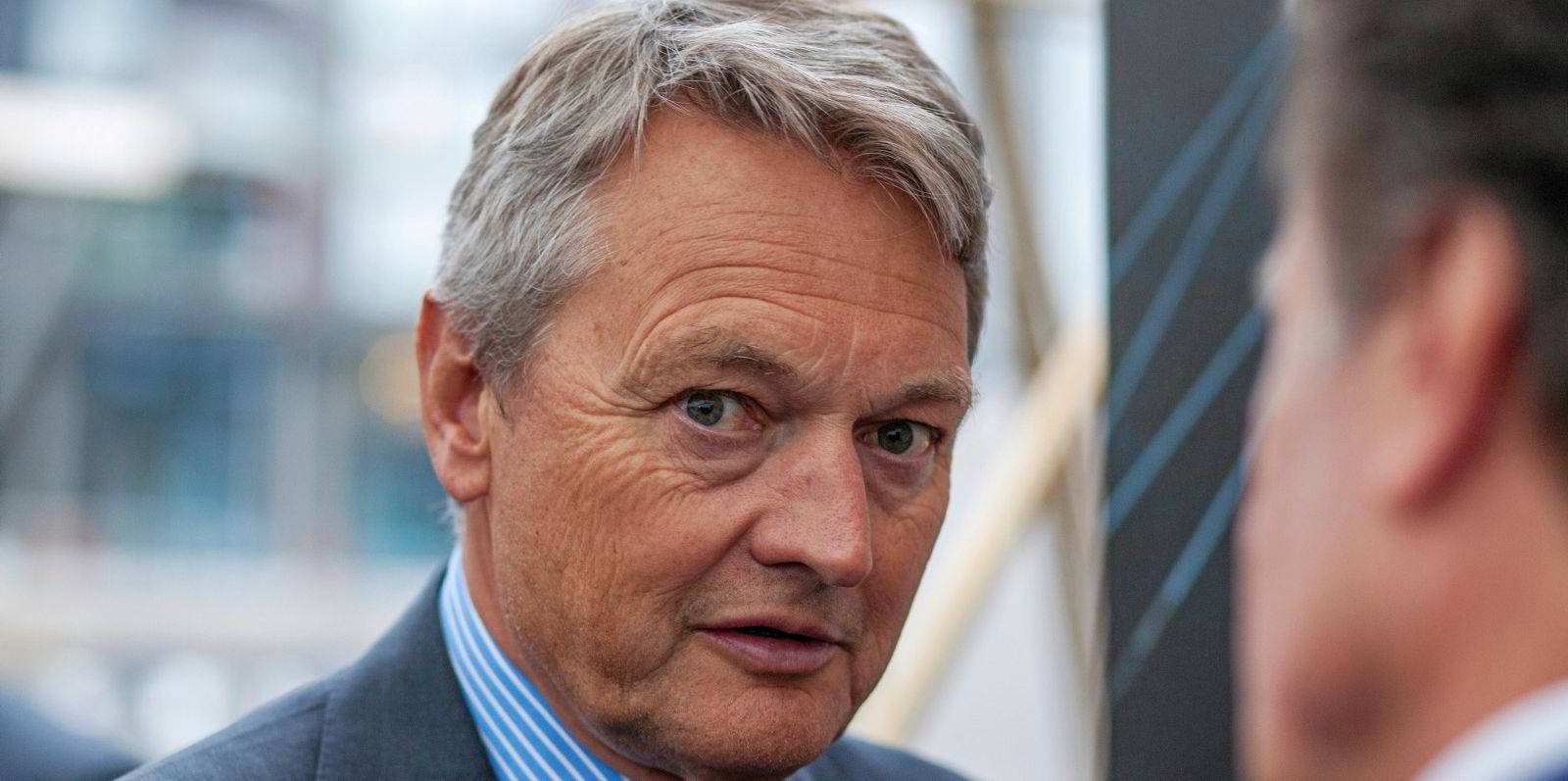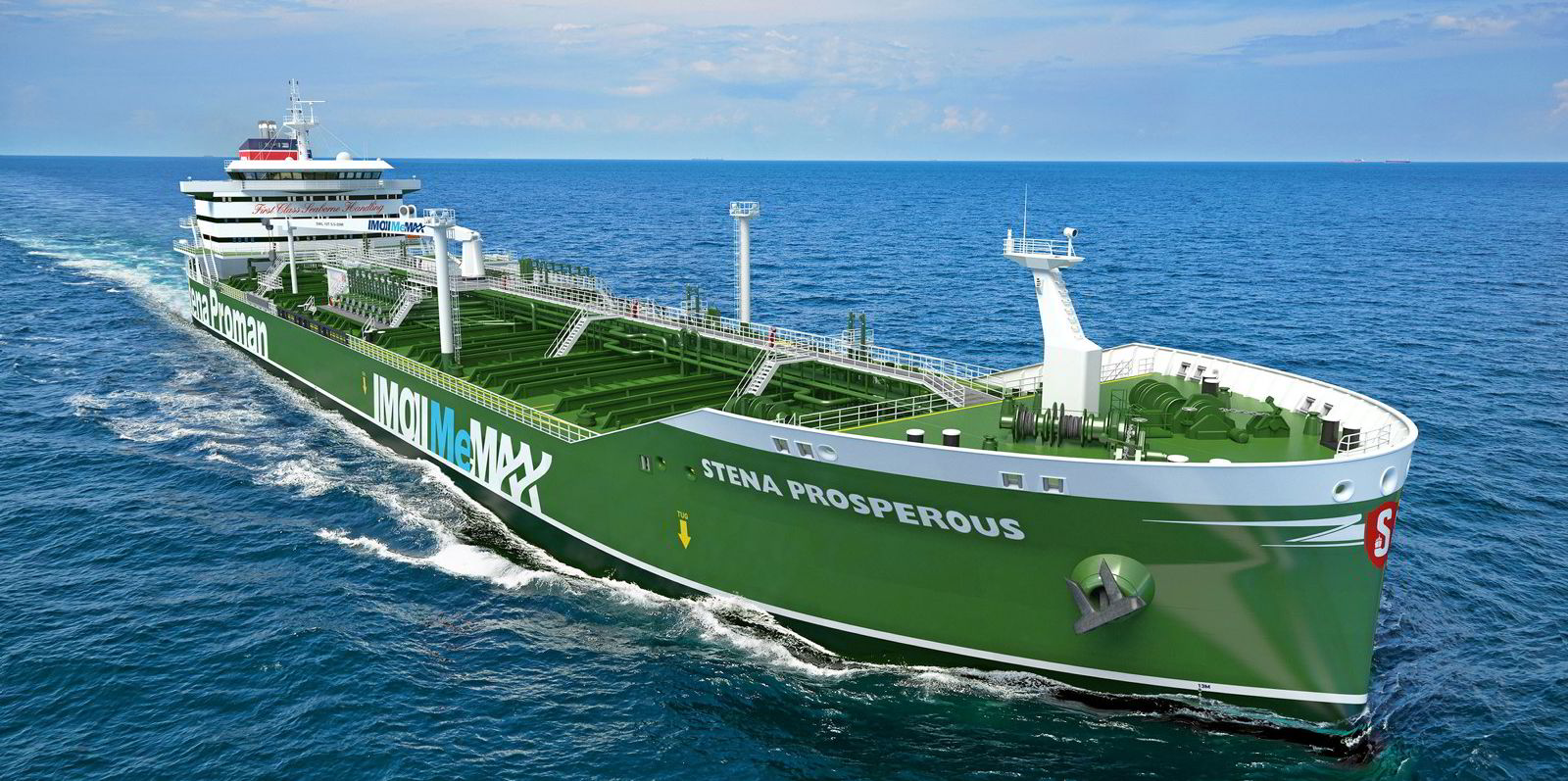Exmar and Canadian fertiliser producer Nutrien are working together to put an ammonia-fuelled vessel on the water 25 years ahead of the International Maritime Organization's 2050 target.
The agreement, announced on Thursday, will see the long-time partners find an engine supplier and yard to build a ship "as early as 2025" that can run on ammonia produced by Nutrien in Louisiana.
The vessel would be compliant with the IMO targets on decarbonisation.
"Exmar has always strived to contribute to innovations and increase efficiencies in gas logistics and transportation," said Jens Ismar, executive director at the gas carrier owner.
"The development of an ammonia-fuelled vessel together with our long-standing partner Nutrien is an exciting and logical next step for us."
While LNG is the most popular alternative fuel currently, it is largely considered a bridge fuel to get the industry in compliance with the IMO's goal for shipowners to reduce the carbon intensity of their fleets by 2030.
By 2050, the IMO wants to see carbon emissions cut by half from a 2008 baseline.
Low-carbon ammonia — produced using electrolysis — appears to be the most popular option among potential 2050-complaint fuels.
Exmar said the production of such fuel was already proven and scalable with emissions reductions of up to 70% possible when permanent CO2 sequestration was added.
The duo said Nutrien had already been pursuing low-carbon ammonia production "for more than a decade" and has approximately 1m tonnes of capacity available in Canada and at its Geismar, Louisiana facility.
The Louisiana facility employs carbon capture and sequestration, as well, the companies said.
Ammonia has been the choice for other shipowners, too, with tanker giant Euronav placing an order for three ammonia-powered suezmaxes at Hyundai Samho Heavy Industries in a development programme with the yard, Lloyd's Register and DNV.
Greece's Avin International has a ship under construction in China to be delivered next year that will be "ammonia-ready", while Frontline acquired six VLCCs from an Evangelos Pistiolis company that have the potential to be converted to run on ammonia.
Earlier this month, Wartsila said it had successfully run tests using ammonia and hydrogen as fuels in its engines in Finland.







